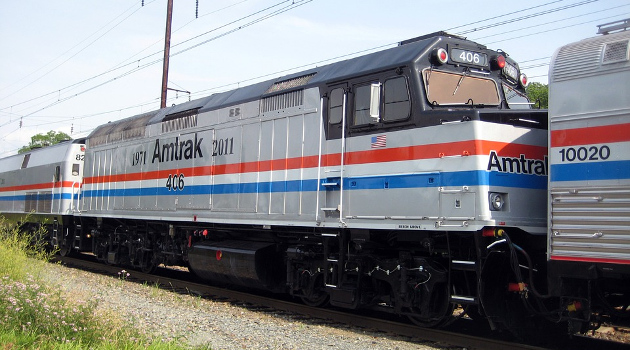I just returned from a trip to Hawaii, where I gave a couple of speeches about the desirability of strict annual limits on the growth of government spending.
But regular readers already have seen plenty of columns on the issue of TABOR-style spending caps, so I’m using the trip as an excuse to highlight a couple of Hawaii-specific issues.
Yesterday’s column was about the Hawaii government’s foolish decision to subsidize home building in areas vulnerable to volcanic eruptions (basically, a state version of the federal government’s bone-headed flood insurance program).
Today, let’s investigate the decision to build a rail system in Honolulu.
I’ll start with the observation that governments do a lousy job with infrastructure.
This is true with big projects. This is true with small projects. This is true with foreign projects.
And it is true with projects in the middle of the Pacific Ocean. Here are some details about Hawaii’s boondoggle, as explained by Keli’i Akina of the Grassroot Institute.
…the folks in charge of the Honolulu rail project have been relentlessly sunny in their projections. It was sold to the public on the promise that it would only cost about $4 billion, that it would be completed by 2019 and that the general excise tax surcharge associated with it would end by 2022. By the time the Federal Transit Administration got on board with an agreement to contribute $1.55 billion, the expected cost was $5.12 billion. Now, with the FTA still holding on to $744 million, the projected cost is approximately $12 billion. The last completion date we were given was 2031, and the GET surcharge has been extended to 2030. …my colleague Joe Kent at the Grassroot Institute…said the recovery plan has “overly optimistic assumptions about revenues, ridership and costs, and that this could saddle local taxpayers with unstated liabilities in the future.” He pointed out that, given its track record of ballooning budgets and delays, HART’s projections should be treated with extreme skepticism.
Reading the column, I think Hawaii taxpayers are lucky.
The inevitable cost overrun (at least so far) has “only” pushed the cost from $4 billion to $12 billion.
California taxpayers would be overjoyed at that result.
So why should non-Hawaii residents care? For the simple reason that you’re (unfortunately) paying part of the tab.
Sadly, very few people are drawing the appropriate conclusion.
———
Image credit: WikimediaImages | Pixabay License.


